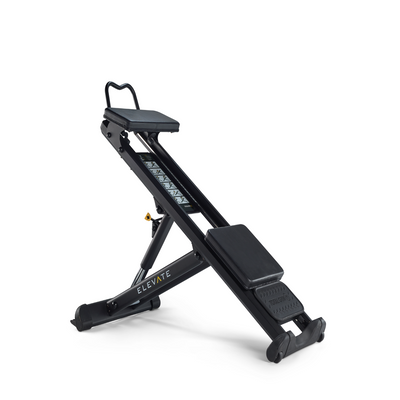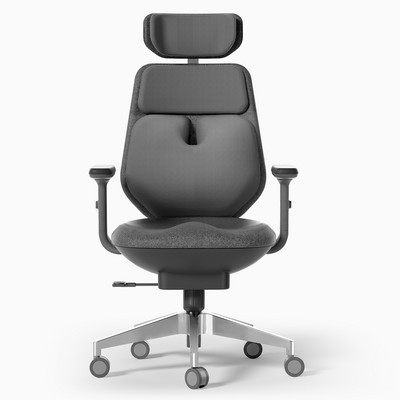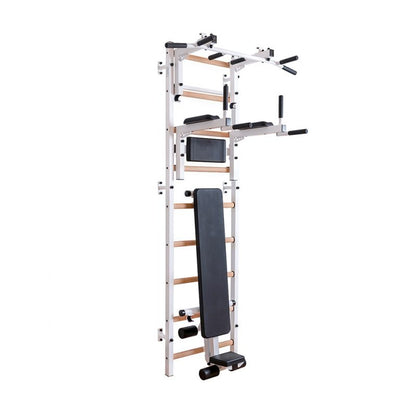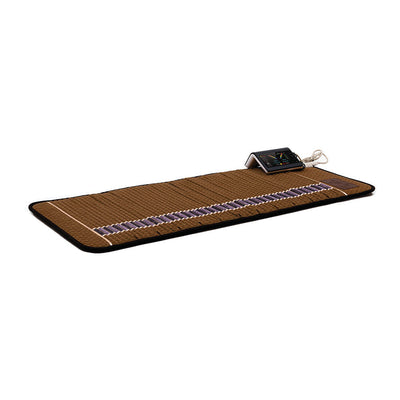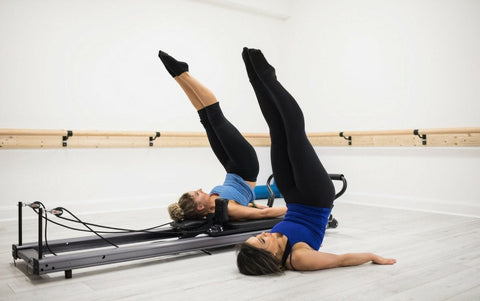
Floor Pilates vs. Reformer: 5 Essential Differences
Within the diverse realm of Pilates, enthusiasts often encounter a choice between Floor Pilates (also known as Mat Pilates) and exercises using the Reformer. Both methodologies foster strength, flexibility, and balance, but they offer different experiences and benefits. Let's delve into a thorough comparison of Floor Pilates and Reformer-based workouts.
Foundational Overview
-
Floor Pilates (Mat Pilates): As the name suggests, Mat Pilates is practiced on a mat, usually without any additional equipment, although small props like resistance bands or magic circles may be introduced. It focuses on exercises that use one's body weight as resistance.
-
Reformer Pilates: This approach utilizes the Reformer, a specialized piece of equipment with a movable carriage, springs for adjustable resistance, a footbar, and straps. The Reformer facilitates a wide variety of exercises.
Key Differences and Advantages
-
Versatility and Range of Exercises
- Mat Pilates: While Mat Pilates may seem limited, it offers a diverse array of exercises targeting the core, as well as the upper and lower body. The primary resistance is the body's own weight.
- Reformer: The Reformer's design enables an expansive set of exercises, from lying down to standing, and from beginner movements to advanced sequences.
-
Space Requirements and Accessibility
- Mat Pilates: Requires minimal space — just enough for a mat. It's easily accessible and can be practiced virtually anywhere, from home to a park.
- Reformer: Typically housed in Pilates studios due to its size and complexity. While some personal-use Reformers are available for home settings, they require more space and a larger investment.
-
Intensity and Focus
- Mat Pilates: Exercises often center around core activation, but also offer a comprehensive body workout. Given the lack of adjustable resistance, intensity is often regulated by exercise complexity and one's own body limitations.
- Reformer: Offers adjustable resistance through its springs, enabling tailored workout intensities. The Reformer can provide a gentler workout for rehab or a highly challenging session for athletic training.
-
Support and Adaptability
- Mat Pilates: Offers limited support, demanding more from the practitioner's core for stabilization. However, props can be added to modify exercises and provide support where needed.
- Reformer: The adjustable nature of the Reformer allows for modifications catering to different fitness levels, body types, and specific needs, providing both support and challenge.
-
Cost and Commitment
- Mat Pilates: Generally more affordable, given the lack of required equipment. Classes are widely available, or one can practice independently after learning the basics.
- Reformer: Classes are typically more expensive due to specialized equipment and the need for qualified instructors. Personal Reformers can also be a significant investment.
The Verdict
Choosing between Floor Pilates and Reformer-based sessions often depends on individual goals, budget, accessibility to equipment or studios, and personal preferences. While Mat Pilates offers flexibility and convenience, the Reformer brings a depth of adjustability and variety that is hard to match. Ultimately, both pathways can lead to enhanced strength, flexibility, posture, and overall well-being. For a truly comprehensive Pilates experience, integrating both forms into one's regimen can be immensely beneficial.
« Back to Pilates Blog




